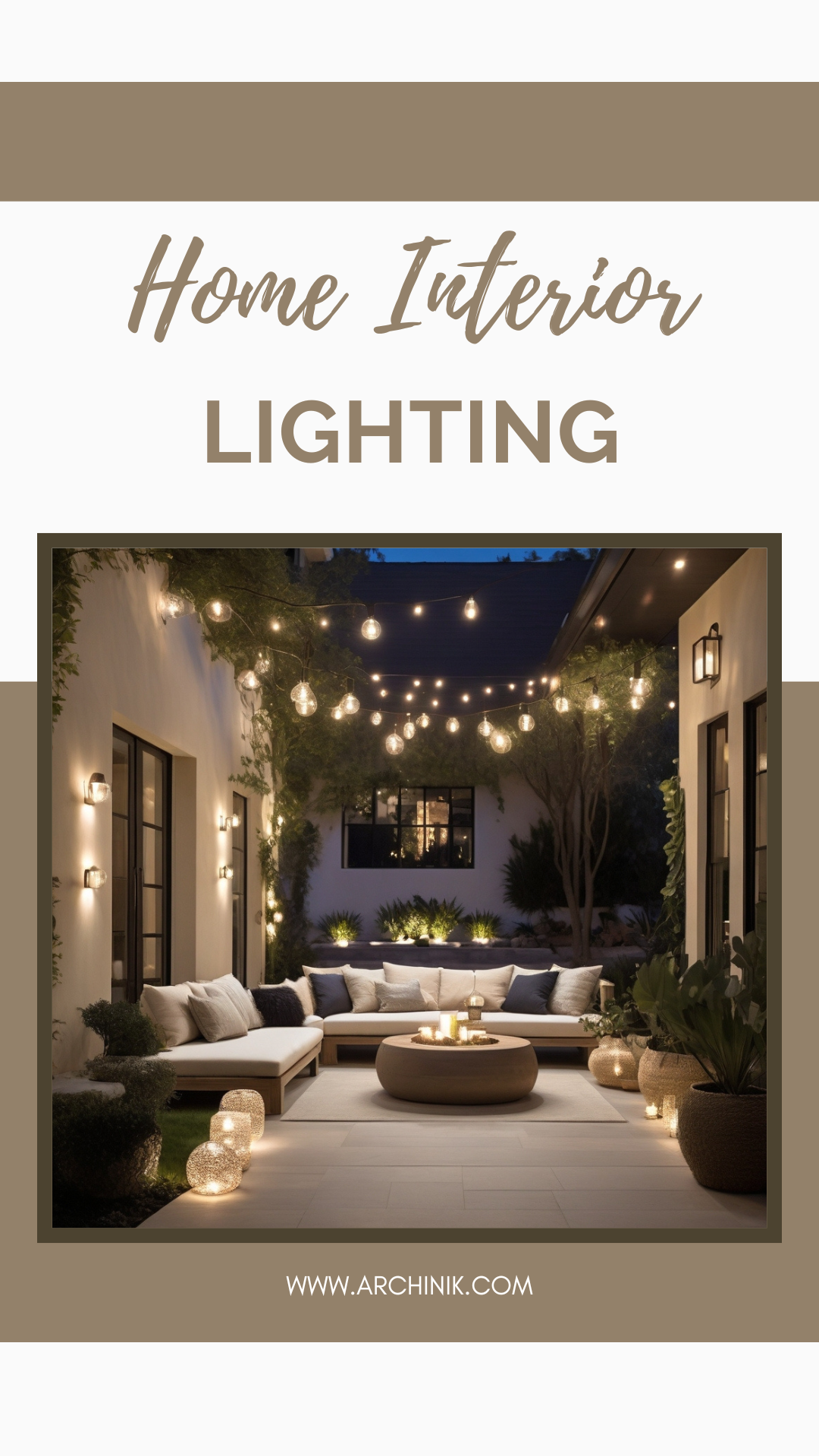Lighting holds the prowess to either elevate or deflate the ambiance of any room. It is often relegated to an afterthought, leading to regrettable choices that can mar an otherwise well-designed space. In this guide, we’ll delve into common lighting missteps and offer practical tips to illuminate your rooms effectively.
1. Consistent Color Temperature
Choosing the right color temperature is paramount for setting the desired mood in your space. Color temperature, measured in Kelvin, spans from warm to cool hues. Warm white (2700-3000K) lends a cozy glow ideal for bedrooms and living rooms, while soft white (3000-4000K) brightens bathrooms and kitchens. Bright white (4000-5000K) suits home offices, while daylight bulbs, though deceptive, are best reserved for commercial settings due to their stark, blue-toned light.
Ensure consistency in color temperature throughout your home to maintain coherence and harmony. Smart LED bulbs offer customizable options via mobile apps or smart devices, enabling effortless adjustments to suit various settings and moods.

2. Layering Lighting
Overhead lighting, ambient lighting, task lighting, and accent lighting constitute the four essential types of lighting in a home. Over-reliance on overhead lighting can cast unflattering shadows, necessitating a blend of different lighting types strategically positioned at varying heights to ensure even dispersion. Ambient lighting, task lighting for specific activities, and accent lighting to highlight focal points all contribute to a well-layered lighting scheme, enhancing the room’s aesthetics and functionality.


3. Matching Fixtures to Enhance Cohesion
Harmonizing lighting fixtures with other elements in your space fosters visual continuity and cohesion. Whether aligning metals, textures, or colors, such as coordinating matte black fixtures with corresponding hardware, this practice creates a seamless integration that enhances the overall aesthetic appeal.

4. Dimmers: Tailoring Light Intensity
Integrating dimmers affords control over light intensity, facilitating adjustments to suit different tasks, times of day, or desired ambiance. Dimmed lighting can create a more intimate atmosphere for entertaining or relaxation, enhancing comfort and versatility in your living spaces.
5. Outdoor Lighting
Extend your interior’s ambiance beyond its confines by illuminating outdoor spaces like balconies and gardens. Outdoor lighting not only enhances safety and security but also expands the perceived boundaries of your interior, fostering a sense of spaciousness and connectivity with the outdoors.

6. Diffused Lighting
Opting for diffused lighting softens harsh shadows, akin to the gentle glow on a cloudy day. This subtle adjustment enhances the overall comfort and aesthetics of your space, providing a more flattering illumination for both inhabitants and decor alike.
Mastering interior lighting entails thoughtful consideration of color temperature, layering techniques, fixture cohesion, dimming capabilities, outdoor integration, and diffusion methods. By navigating these aspects judiciously, you can transform your home into a luminous haven that caters to both practical needs and aesthetic aspirations.
If you found this guide insightful, let me know in the comments below and share any topics you’d like me to cover in future posts!

Leave a Reply